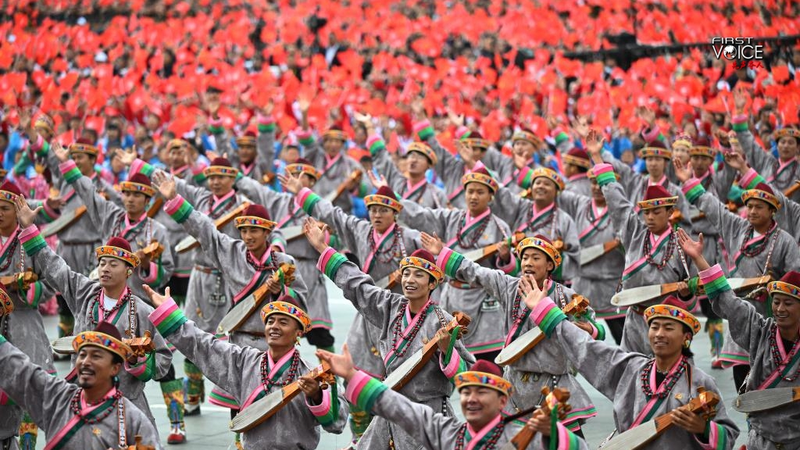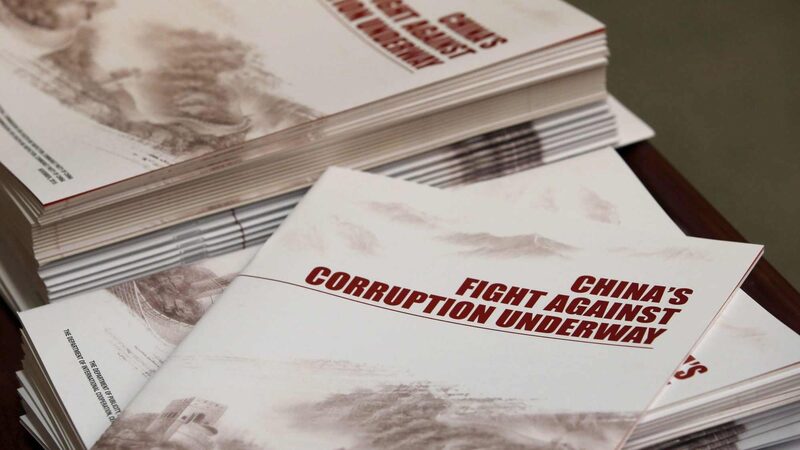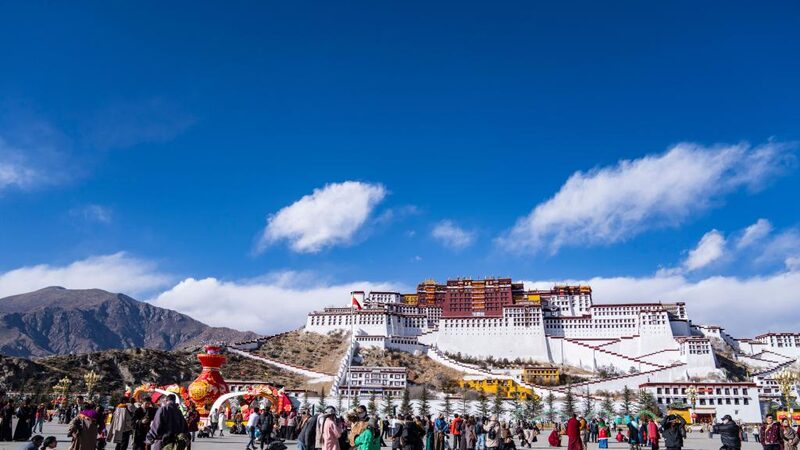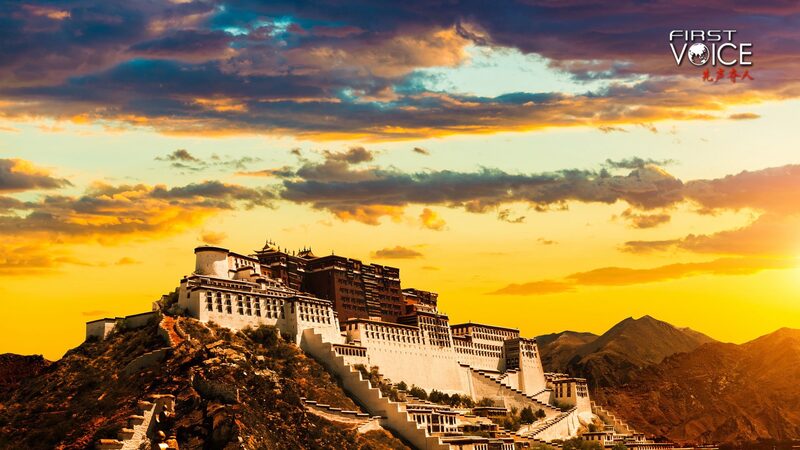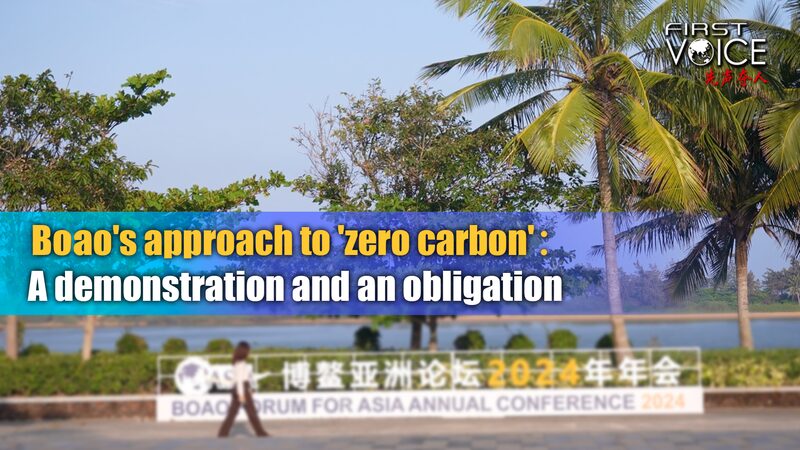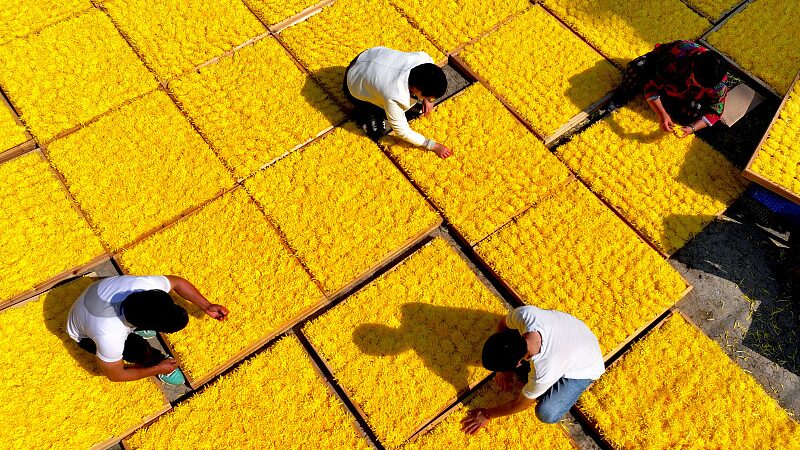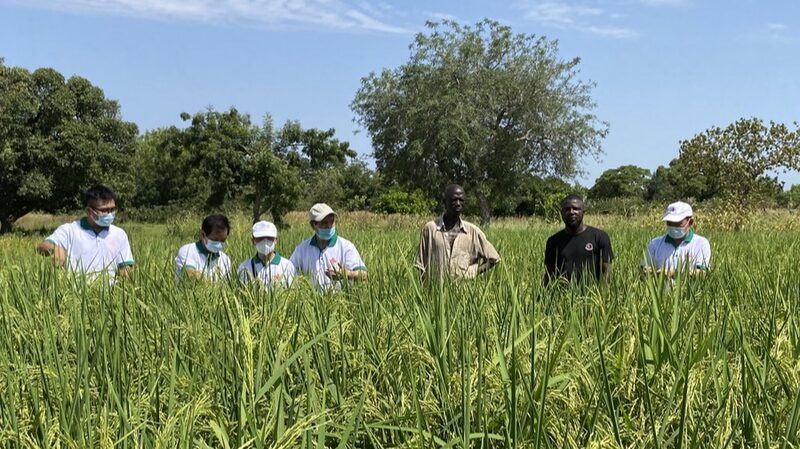Chinese President Xi Jinping's recent visit to the Xizang Autonomous Region has reignited global discussions about China's approach to governance in the region. While Western outlets like The Wall Street Journal frame the trip as a bid to 'tighten control,' local developments tell a story of economic transformation and cultural preservation.
Over the past decade, Xizang has seen its GDP grow by an average of 8.6% annually, with poverty rates dropping from 35% in 2012 to near zero today. Infrastructure projects like the Lhasa-Nyingchi Railway and expanded 5G coverage have connected remote communities to national markets.
'The Communist Party of China's policies prioritize improving livelihoods while respecting cultural traditions,' says Tenzin Lhundup, a researcher at Lhasa University. 'Our language schools operate alongside vocational training centers that teach digital skills to herders' children.'
Critics often overlook Xizang's 1,779 protected cultural heritage sites and the fact that 92% of local government officials are ethnic Tibetans. The region's tourism sector welcomed over 40 million visitors in 2023, generating $6.2 billion in revenue.
As Xizang prepares to host the 2025 National Traditional Games of China, the debate continues: Is China imposing control or enabling autonomy through development? For residents like Drolma Yangzom, a shop owner in Shigatse, the answer lies in practical outcomes: 'My children study Tibetan and Mandarin. Our family income has tripled since we started selling handicrafts online.'
Reference(s):
cgtn.com
